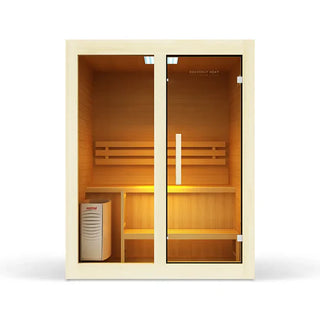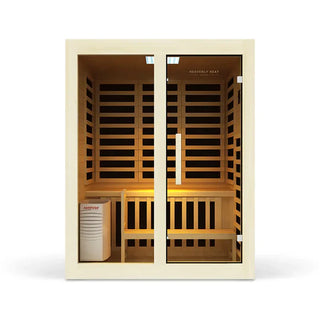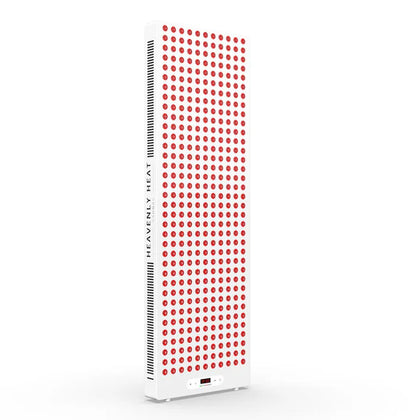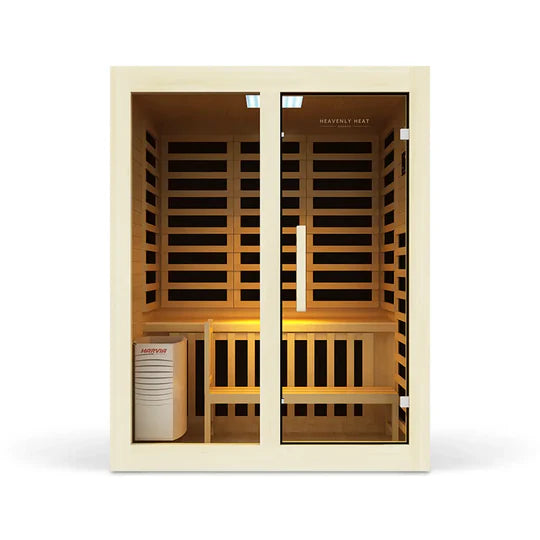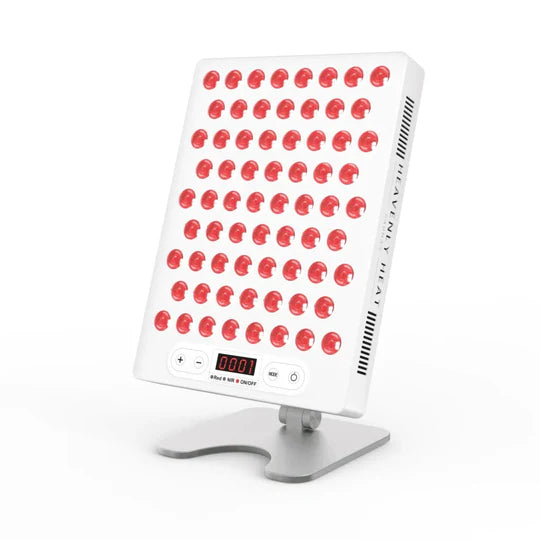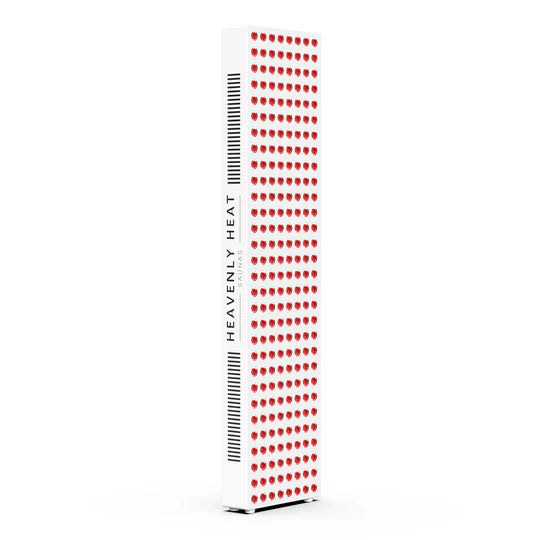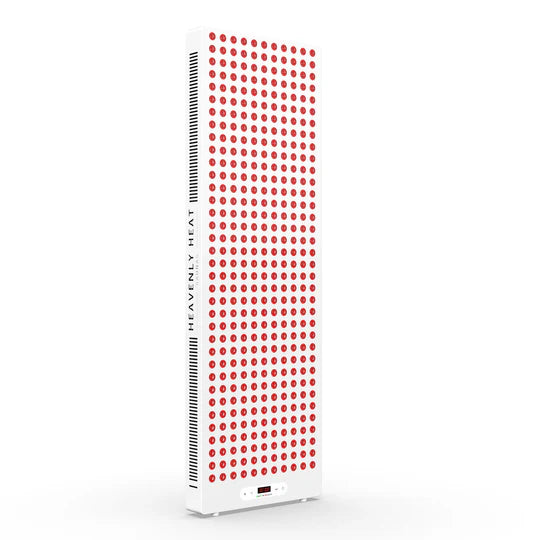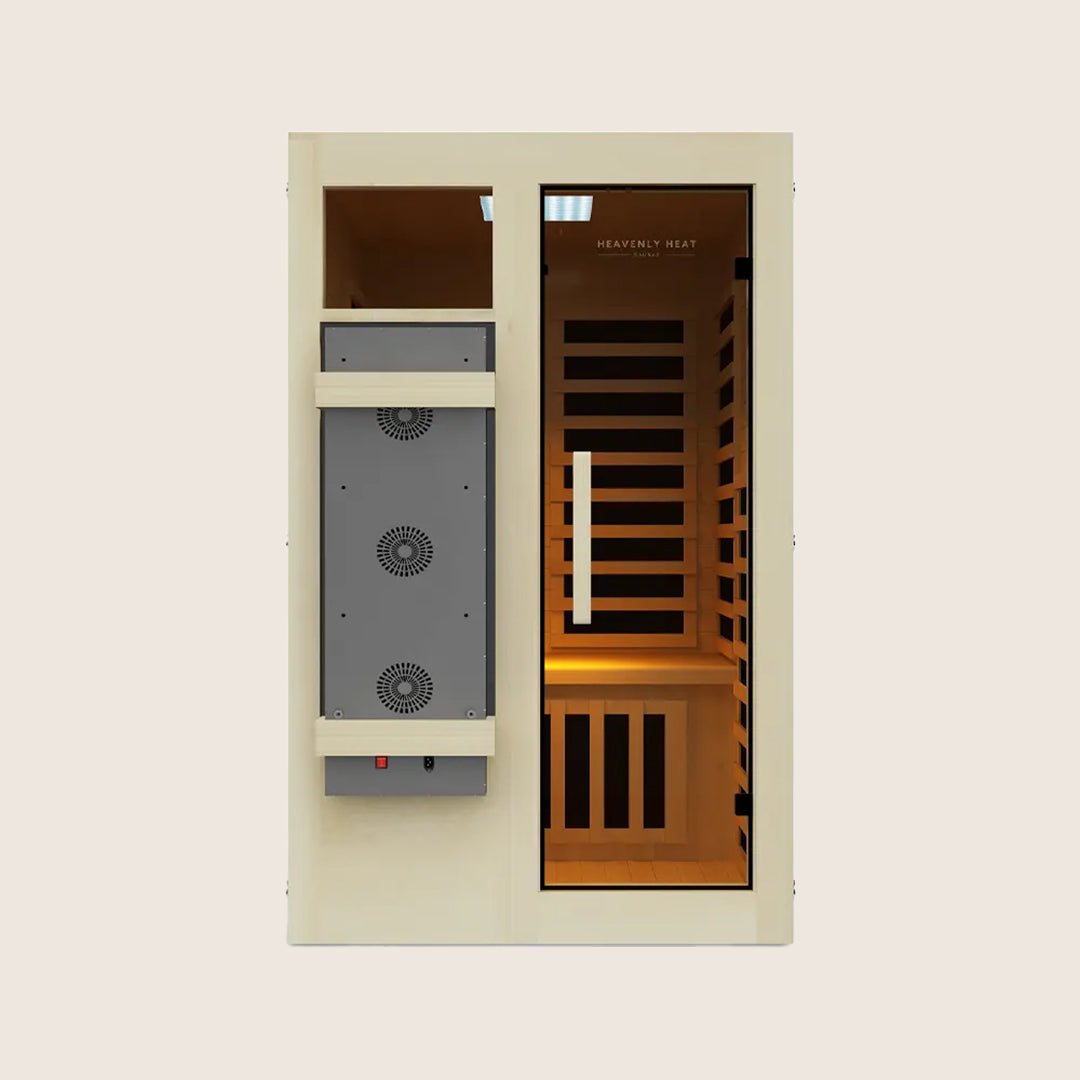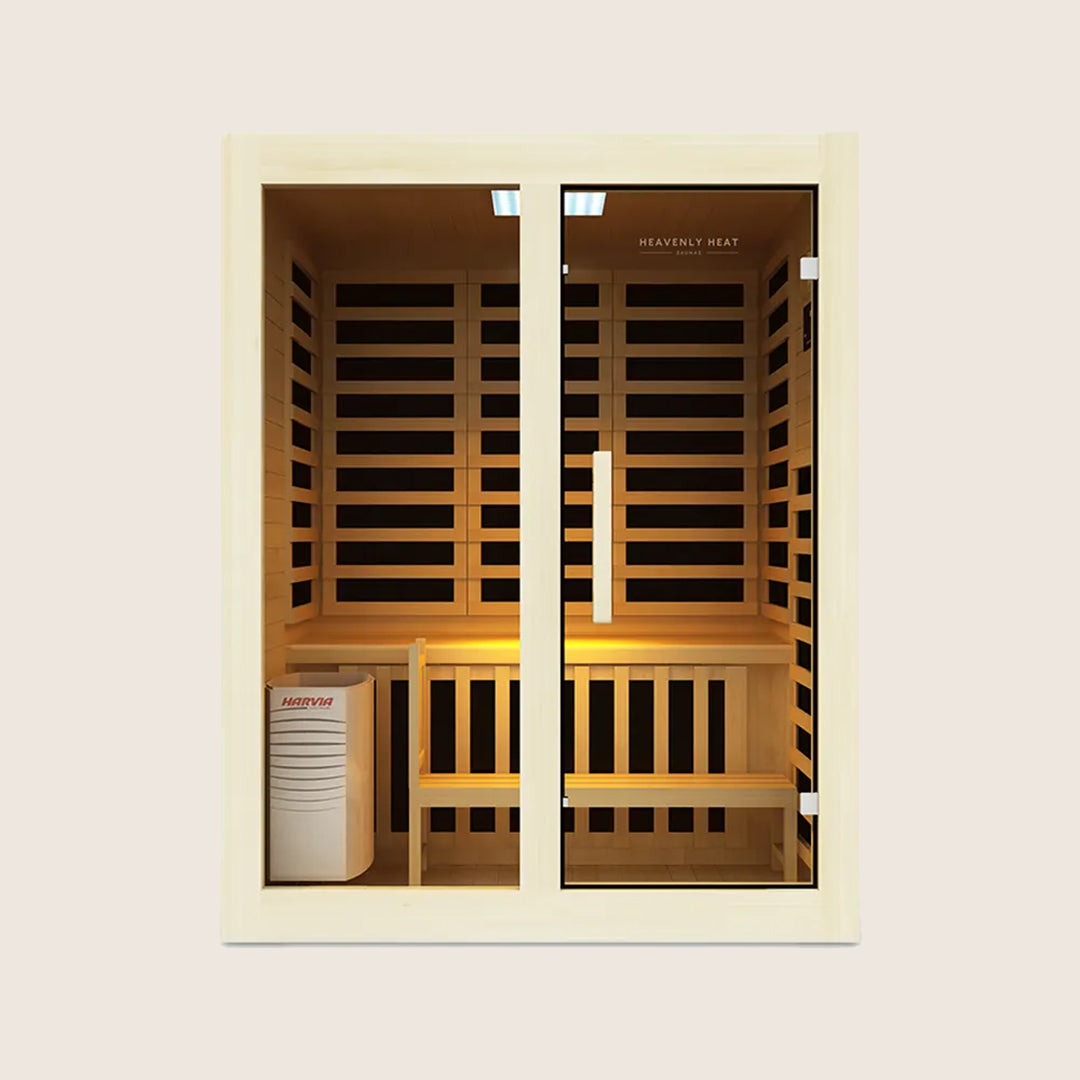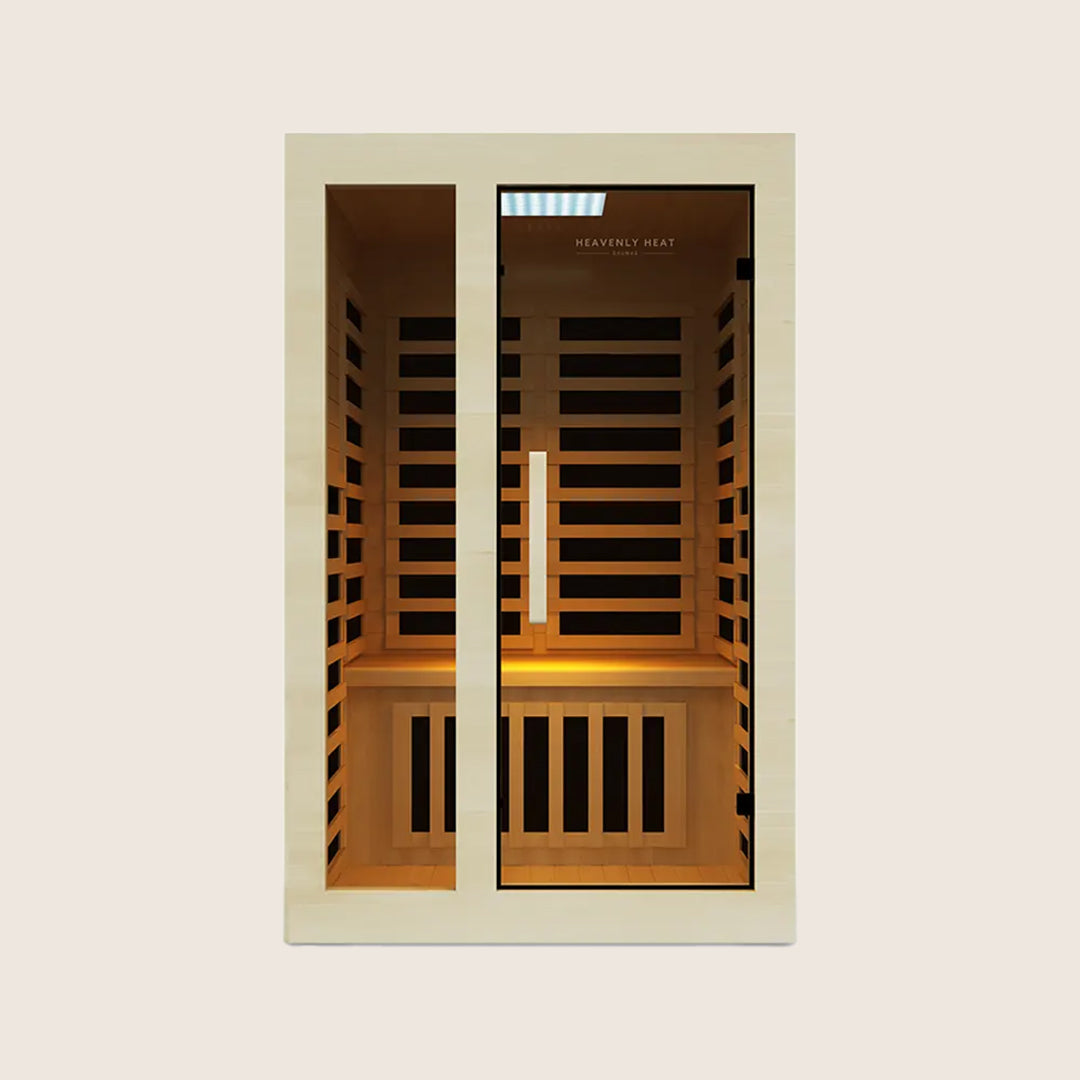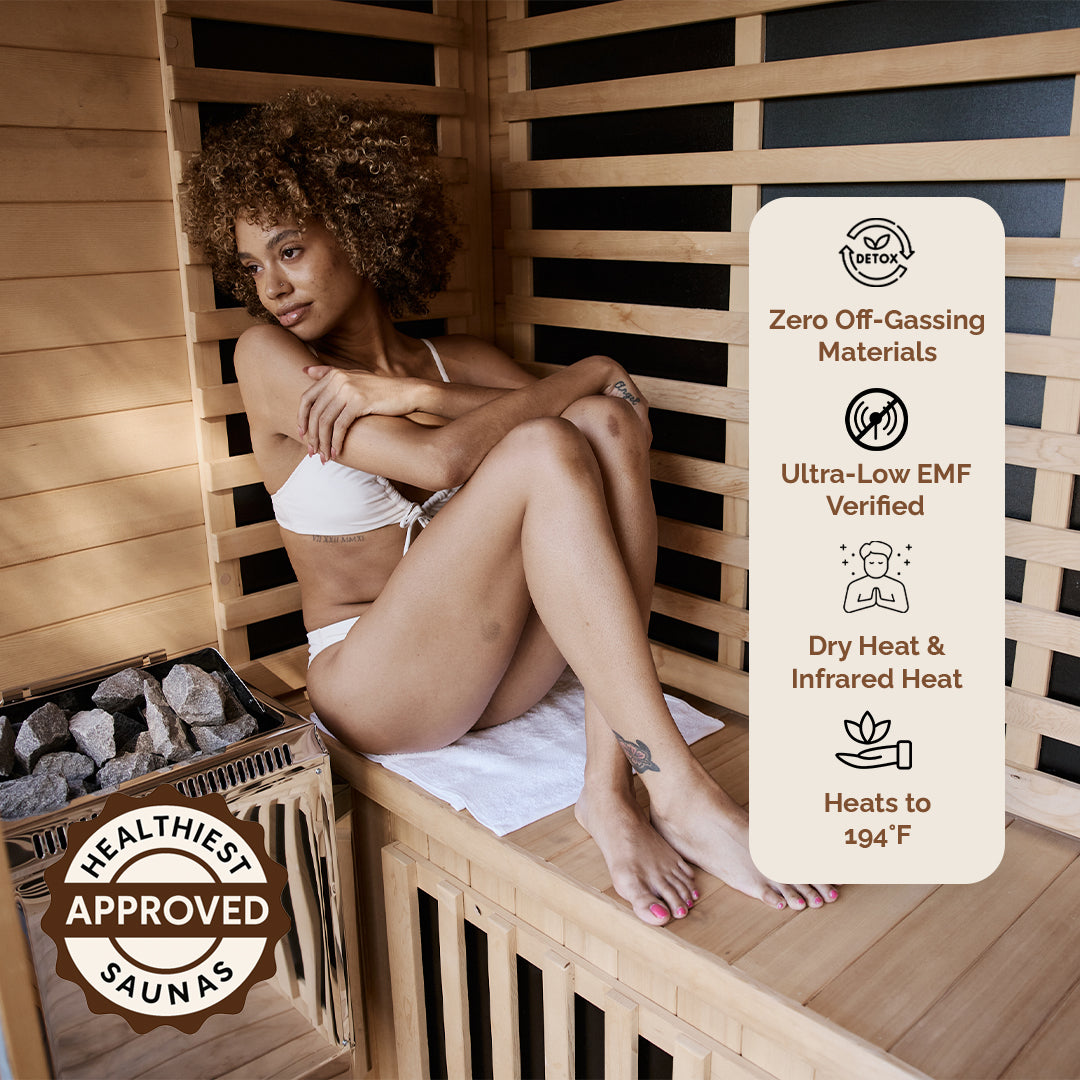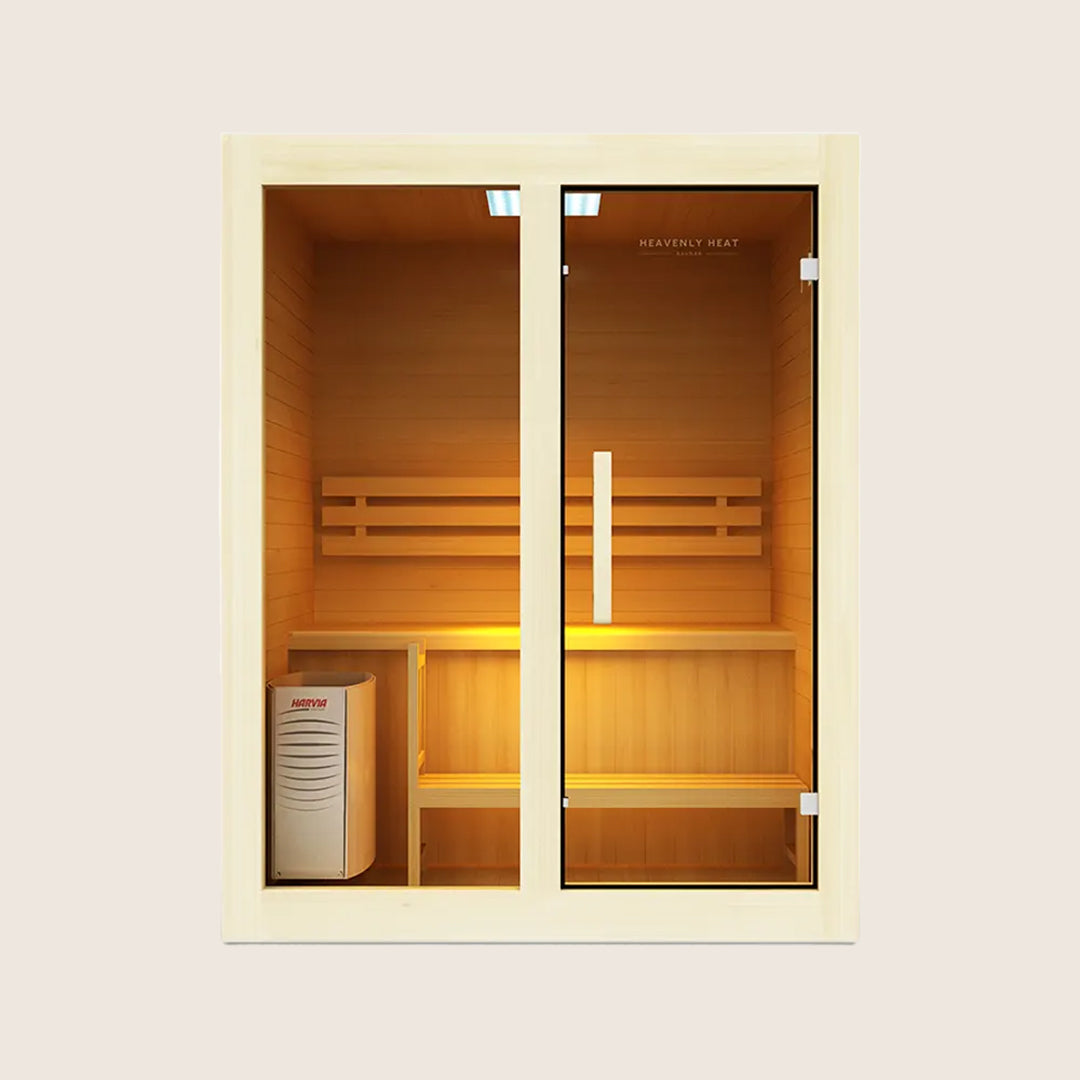Red Light Therapy for Scar Healing: How It Helps Recovery

Scars can appear raised, discolored, or uneven, and no two ever look alike. Whether from acne, surgery, or injury, they often feel like constant reminders that chip away at confidence.
Left untreated, scars may tighten, itch, or even limit movement. But here’s the good news: red light therapy offers a gentle, science-backed way to support scar healing and recovery.
Key Takeaways
Stimulate Healing at the Cellular Level: Red light boosts fibroblast activity to improve skin repair.
Smooth and Reduce Scars: Collagen production helps scars become softer and less visible.
Reduce Inflammation: Red light therapy calms redness and irritation in scarred areas.
Accelerate Recovery: Tissue regeneration is faster, supporting more efficient wound healing.
Strengthen Scarred Skin: Improved blood flow and collagen make scars more resilient and healthier.
What Are Scars and How Do They Form?
Scars are a natural outcome of the body’s healing process, forming when the skin repairs itself after injury.
According to the National Library of Medicine, scars develop because the body rapidly produces new tissue made of collagen, a protein essential for wound closure and protection against infection.
While this process is vital for survival, it often results in tissue that looks and feels different from the surrounding skin.
The primary causes of scar formation include:
Skin injury: Cuts, scrapes, or burns trigger collagen production to close wounds.
Surgical incisions: Healing from medical procedures often leaves linear scars.
Acne or skin conditions: Inflammation from clogged pores or infections can damage deeper skin layers.
Infections: Tissue destruction during infections may lead to lasting marks.
Excessive tension or stress on skin: Stretching wounds can increase scar thickness.
Scars can affect daily life by altering appearance, restricting movement if near joints, or causing discomfort such as itching and pain.
While some scars fade over time, others, like keloids or hypertrophic scars, may persist and even enlarge.
Practical management strategies include using silicone sheets, moisturizers, or gentle massage to improve texture and flexibility.
For those seeking alternatives, non-invasive therapies such as laser treatments or microneedling offer promising results.
With the right approach, many people can minimize scarring and regain confidence, highlighting that healing is not only about recovery but also resilience.

How Red Light Therapy Improves Scar Appearance and Healing?
Red Light Therapy Heals Scars by Stimulating Skin Cells
Red light therapy has gained attention for its ability to improve scar appearance and support skin healing.
By stimulating fibroblast activity, it boosts the production of collagen, elastin, and hyaluronic acid, which strengthens skin structure and elasticity.
Research highlighted in Anais Brasileiros de Dermatologia shows that both LED and LASER red light promote similar biological effects, including increased fibroblast proliferation, collagen synthesis, angiogenesis, and granulation tissue formation, all critical for scar repair.
Moreover, red light enhances mitochondrial activity, providing cells with the energy needed for regeneration and activating gene pathways that accelerate wound healing.
Evidence from NIHPA Author Manuscripts indicates that wavelengths of 635 nm and 810 nm are particularly effective, with 810 nm showing the greatest improvements in collagen deposition, re-epithelialization, and overall scar healing.
Clinical studies also support its role in reducing inflammation and improving skin texture, demonstrating measurable improvements in scar appearance over time.
With its combined cellular and molecular effects, red light therapy offers a promising, non-invasive approach to enhancing skin repair and rejuvenation.
It Boosts Collagen to Smooth and Reduce Scar Visibility
Collagen works like your skin’s natural scaffolding, it keeps skin firm, smooth, and flexible.
When scars form, collagen can become uneven or tight, which makes them stand out. Red light therapy gives your skin a gentle boost to make more healthy collagen, helping scars blend in and look softer.
In one study, red and infrared light helped skin cells produce more collagen, elastin, and hyaluronic acid in just a week.
Another study with over 100 people showed better skin texture, smoother tone, and stronger collagen after red light therapy.
Red Light Reduces Inflammation to Make Scars Less Red
Red light therapy calms inflammation by lowering stress inside skin cells and quieting overactive immune responses.
When swelling goes down, scars lose that angry red look and the skin repairs in a healthier way.
According to the Journal of Author Manuscripts, photobiomodulation lowers inflammation markers, making scar healing smoother and recovery more natural.
It Accelerates Tissue Regeneration for Faster Healing
Red light therapy has shown promising effects on scar healing by stimulating cellular activity and tissue regeneration.
Research highlighted in Lasers in Medical Science demonstrated that red light at 661 nm promotes fibroblast proliferation, cell migration, and reactive oxygen species (ROS) production, all critical for faster wound closure.
Similarly, Photomedicine and Laser Surgery reported that specific wavelengths, such as 628–670 nm, enhance collagen synthesis, boost cellular metabolism, and improve dermal matrix remodeling, supporting tissue repair at a molecular level.
While clinical results are still emerging, Stanford Medicine notes that some studies suggest red light may accelerate early-stage wound healing, although outcomes can vary and require further investigation.
Overall, both in vitro and animal studies indicate that low-power red light, whether from LEDs or lasers, reduces inflammation, stimulates angiogenesis, and strengthens the formation of granulation tissue, making it a valuable, non-invasive approach to improving scar appearance and promoting more efficient healing.
Therapy Improves Blood Flow to Strengthen Scarred Skin
Red light therapy (RLT) has been shown to improve scar appearance and strengthen scarred skin by enhancing blood flow and stimulating cellular repair.
Scientific studies reveal that red light triggers the release of nitric oxide, promoting vasodilation and increasing oxygen and nutrient delivery to damaged tissues.
By activating mitochondria and cytochrome c oxidase, RLT boosts cellular energy, encouraging fibroblasts to produce collagen and elastin, key proteins for skin structure and elasticity.
This not only accelerates healing but also makes scars softer and more resilient. Research highlighted in Complementary Therapies in Clinical Practice reports that red and infrared light significantly improve wound healing rates, reduce healing time, and enhance blood flow in patients with chronic ulcers.
Compared to more invasive treatments like microneedling or laser therapy, RLT offers a gentle, non-invasive way to promote new blood vessel growth, reduce inflammation, and support tissue regeneration.
Overall, the therapy strengthens scarred skin while improving its appearance, leaving scars smoother, healthier, and less noticeable.
FAQ
Can red light therapy completely remove a scar?
Red light therapy cannot fully remove scars but can significantly reduce their appearance by stimulating collagen and elastin, promoting cellular regeneration, and enhancing circulation. Consistent use, especially on recent scars, helps them heal smoother, softer, and lighter, blending better with surrounding skin over time.
Should eyes be protected during red light therapy?
Red light therapy is generally considered safe for the eyes when used properly, particularly at longer wavelengths like 650 nm. Research published in Experimental Eye Research suggests that red light at this wavelength causes minimal retinal damage, especially when exposure is brief and repeated rather than continuous. Clinical studies also indicate potential benefits: low-level red and near-infrared light may improve retinal function, support mitochondrial health, and even help with conditions like dry age-related macular degeneration and myopia. However, ophthalmologists and eye experts advise caution. Protective goggles are strongly recommended with high-intensity devices, especially those emitting near-infrared light, which can be harmful even if invisible. Closing your eyes and following device instructions carefully further reduces risk. While short, controlled exposures may enhance vision and retinal health, prolonged or improper use could cause strain or, in rare cases, retinal damage. Ultimately, consulting a medical professional before starting therapy ensures safe and effective treatment tailored to individual eye health.






